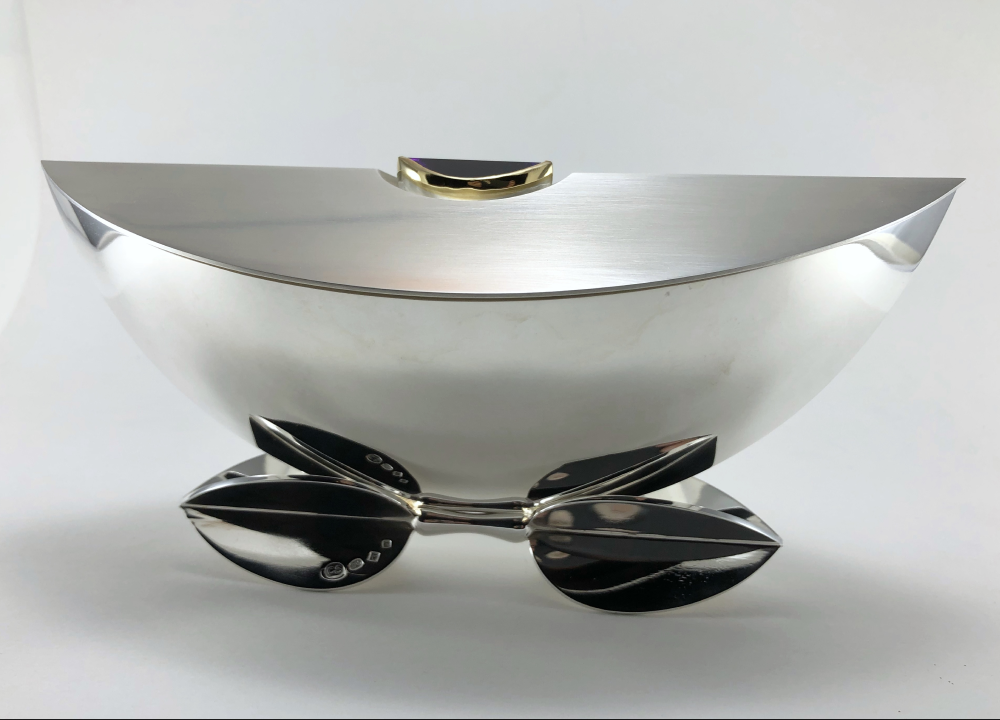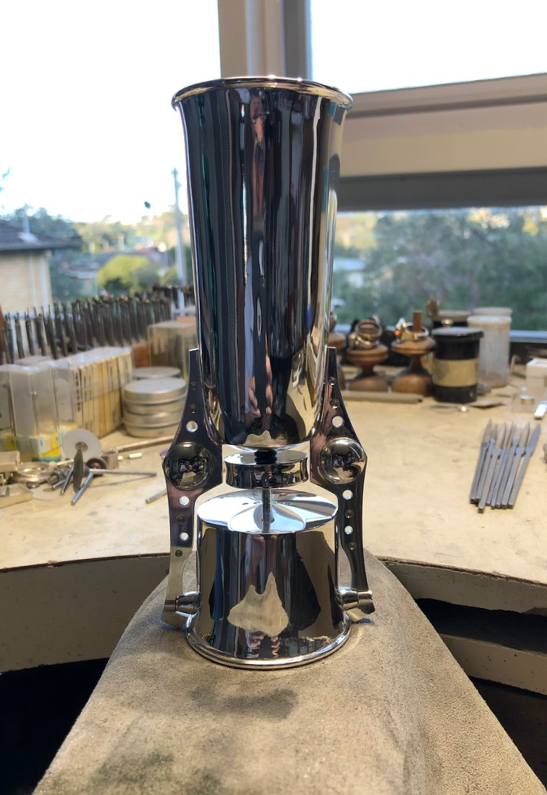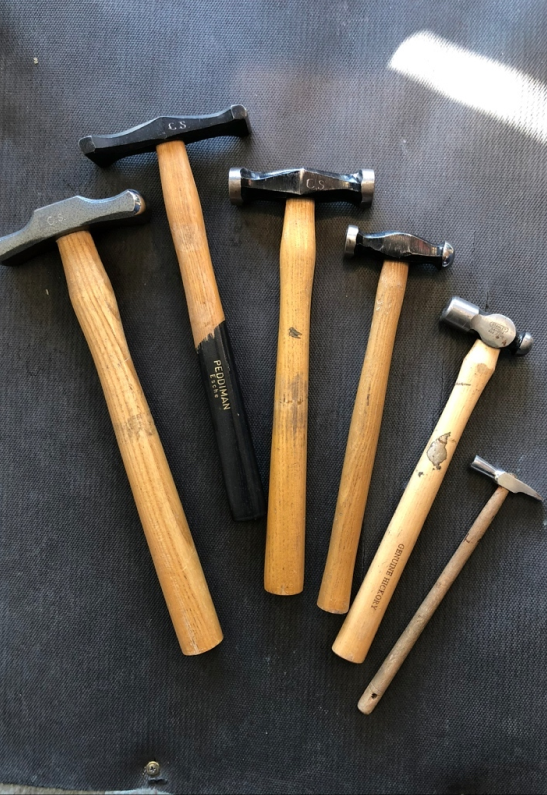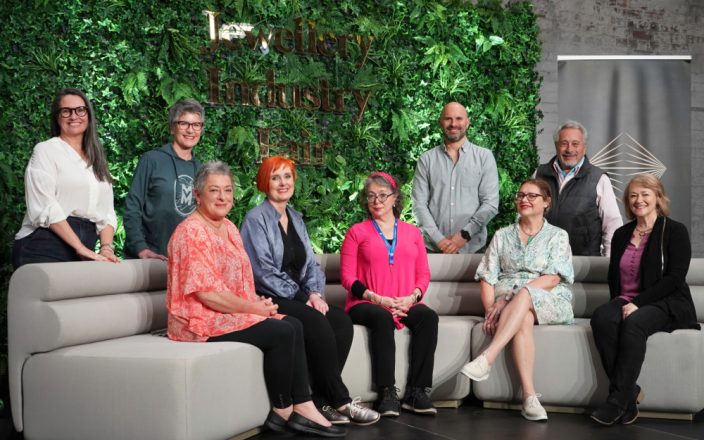By definition, silversmiths are makers of larger objects in precious metal—someone working in silver is not necessarily a silversmith. Traditionally, silversmiths made utilitarian objects—this is why they are known as ‘large workers’—Coffee and teapots, claret and water jugs, churchware, trays and salvers, candlesticks, fruit baskets, christening mugs, knives, forks and spoons and all sorts of serving utensils.
Today, unfortunately, very few silversmiths practice in Australia. The only demand for silversmithing is the repair of churchware, old family silver objects, and trophy production. Many factors have led to the decline of this part of our profession—basically, the change in social practices and technology have been the main drivers along with the cost of skilled labour.
Repairs to old silversmithing pieces and trophy-making are now the last main drivers of demand for silversmiths and large precious metal objects. The Melbourne Cup is the most iconic of the remaining pieces made by silversmiths in Australia but is by no means the only large trophy still produced today. The Caulfield Cup, recently completed by Dave Russ, and the Australian Open Tennis Trophy, by WJ Sanders, are further examples of silversmithing works constructed by Australian craftspeople. Fortunato Rocca, Flynn Silver, Terry County and Peter Gertler, all Victorian silversmiths, have been prolific trophy manufacturers.

CS Table Centrepiece silver, gold and amethyst
 CS Completed Loving Cup
CS Completed Loving Cup
 CS metal hammers used in raising and silversmithing
CS metal hammers used in raising and silversmithing
Hand in hand with social change has been a technological change in the silversmithing trade. Mechanised and automated spinning has allowed trophy construction in gold, silver and non-precious alloys, which has been the case for many years. Rapid technological innovations now allow for plastic trophies that are simply chrome, silver or gold plated.
Traditional silversmithing requires more extensive workshops with larger equipment and expensive, cumbersome tool stock. These immense soldering torches and bays are a must-have, along with numerous stakes, dies and hammers of all forms and sizes. An all-round silversmith will also have good woodworking and lathe-turning skills. Wooden forms are an integral starting point for sinking and forming metal sheets before the finishing processes of raising and hammer planishing can occur. While silversmiths have many traditional goldsmiths’ skills and knowledge, shaping, filling, fitting, soldering and finishing techniques, these additional skills can add many years of trying and practice.
With less than 20 silversmiths working in Australia today, we have to champion the collective skills and knowledge of these people. We have seen a revitalisation of the diamond and gem setting sector in recent years due to technological advancements and demand for high-quality gem settings. Along with silversmithing, the specialty areas of hand engraving and enamelling have also declined. Hopefully, these areas of highly skilled craftsmanship will also have a renaissance, making Australian silver and goldsmiths, once again, valued professions.
Chris Sherwin
Fellow #5 GSGA


